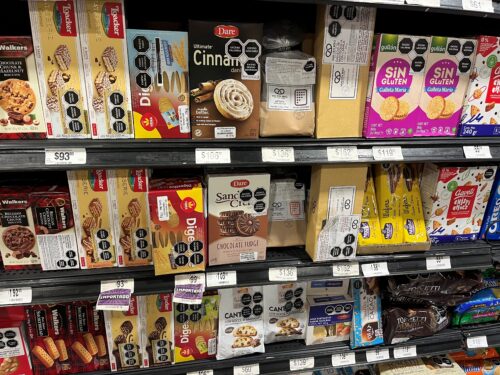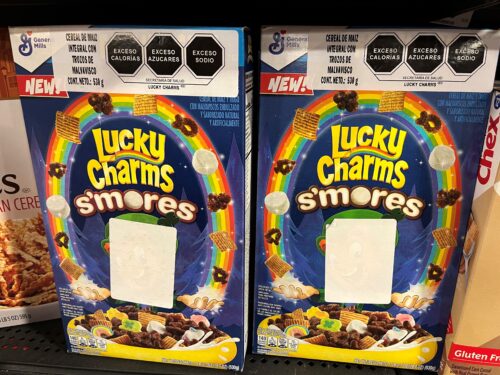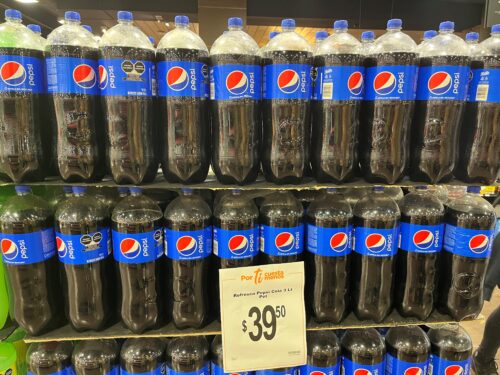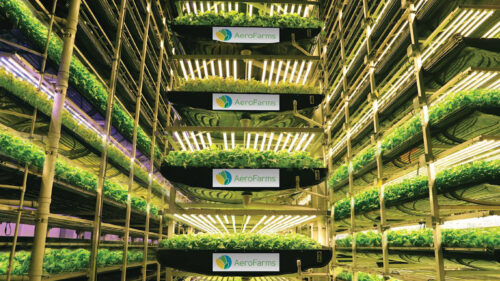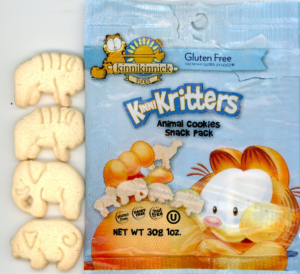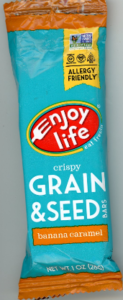Annals of food marketing: What’s new in food product development.
I’ve been collecting items on new and emerging food products. Enjoy!
- Cow-less casein protein ‘first’ creates full cheese spectrum: A full spectrum of ‘cheeses’ can be made without cows, following the development of a casein that can self-assemble into micelles, the foundation for stretchy, protein-rich cheese alternatives…. Read more
- Are watermelon seeds the next breakthrough in plant-based milk? Watermelon seed-based non-dairy beverage Milkish won “fan favorite” in the Fancy Face-Off pitch at the Winter Fancy Food Show – but can it win over retailers and shoppers?… Watch now
- Cell-cultured mouse “mousse” petfood headed for commercial release. BioCraft Pet Nutrition has partnered with Prefera Petfood to commercialise a hypoallergenic, nutritionally complete cat food made almost entirely from cell-cultured mouse…. Read more
- Cultivated dinosaur meat hits the market in food tech first: Hitting a major food tech milestone, scientists have developed and launched a range of products made from cultivated dinosaur meat… Read more
- Seaweed has an ocean of potential, but headwinds remain: Investment and climate are barriers for the seaweed to innovate and achieve all it can achieve… Read more
- Green Queen Better Meat secures U.S. patent for turning potato waste into mycoprotein The Better Meat Co has secured its sixth U.S. patent for a process that uses potato-processing waste to grow high-protein, high-fiber mycelium, offering a sustainable, nutrient-rich alternative to conventional meat. Read More
And then,
- How Coca-Cola is using Minute Maid to push into alcohol: The soda giant’s Red Tree Beverages subsidiary is making a bet that its vodka lemonade can help it gain a stronger foothold in booze.
It’s a brave new food world out there. I wonder how cell-cultured dinosaur meat tastes…

